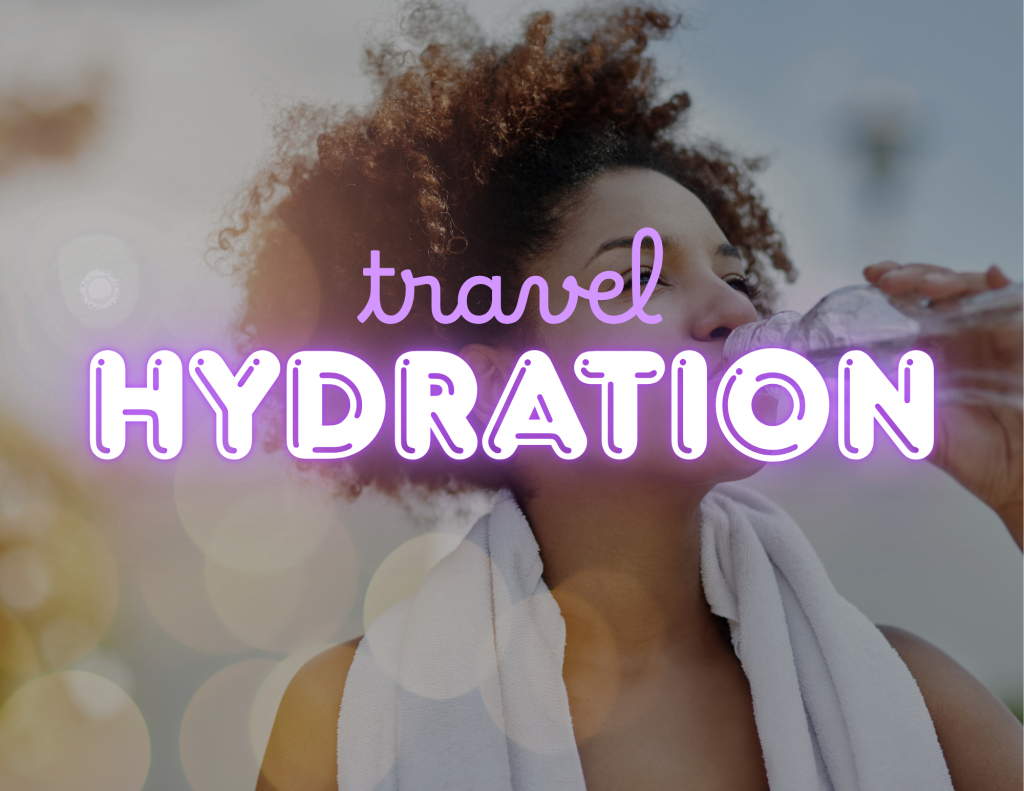A boat engine, also known as a marine engine, operates on similar principles to other internal combustion engines but is designed specifically for marine applications. Here’s a basic explanation of how a boat engine works:
- Fuel and Air Mixture: Like any internal combustion engine, a boat engine requires a mixture of fuel and air for combustion. In most cases, the fuel used is gasoline or diesel. Air is drawn into the engine through an intake system.
- Compression: Once the air-fuel mixture is drawn into the engine’s cylinders, the piston compresses it. This compression raises the temperature and pressure of the mixture, making it more volatile and ready for combustion.
- Ignition: At the top of the compression stroke, a spark plug ignites the compressed air-fuel mixture. In diesel engines, compression alone is enough to ignite the fuel without the need for a spark plug.
- Power Stroke: The ignition of the air-fuel mixture causes a controlled explosion within the cylinder. This explosion forces the piston down, generating power. The power stroke is the phase where the engine produces mechanical energy to turn the crankshaft.
- Exhaust Stroke: After the power stroke, the exhaust valve opens, and the piston moves back up the cylinder, pushing the spent exhaust gases out of the cylinder through the exhaust system.
- Intake Stroke: As the exhaust stroke finishes, the intake valve opens again, and the piston moves back down the cylinder, drawing in a new charge of air and fuel for the next cycle.
- Repetition: These four strokes—intake, compression, power, and exhaust—constitute one complete cycle. The engine repeats this cycle continuously as long as it is running, generating power to propel the boat forward.
Boat engines can vary in design and complexity depending on factors such as size, type (inboard, outboard, or inboard/outboard), and fuel type. For instance, outboard motors are self-contained units mounted on the transom of the boat and typically include the engine, gearbox, and propeller, while inboard engines are often larger and housed within the hull of the boat, with a driveshaft transferring power to a separate propeller. Diesel engines are common in larger boats due to their fuel efficiency and torque, while gasoline engines are prevalent in smaller boats and recreational vessels.





